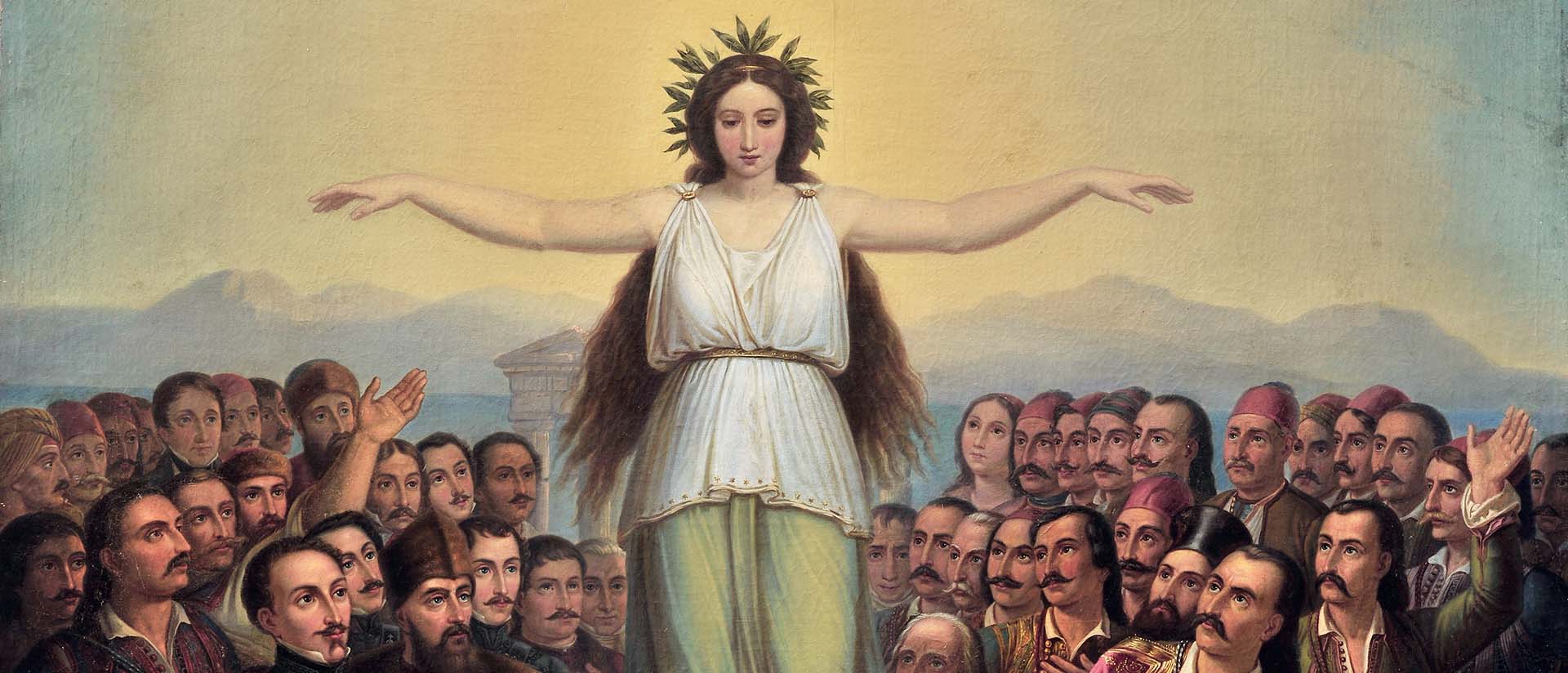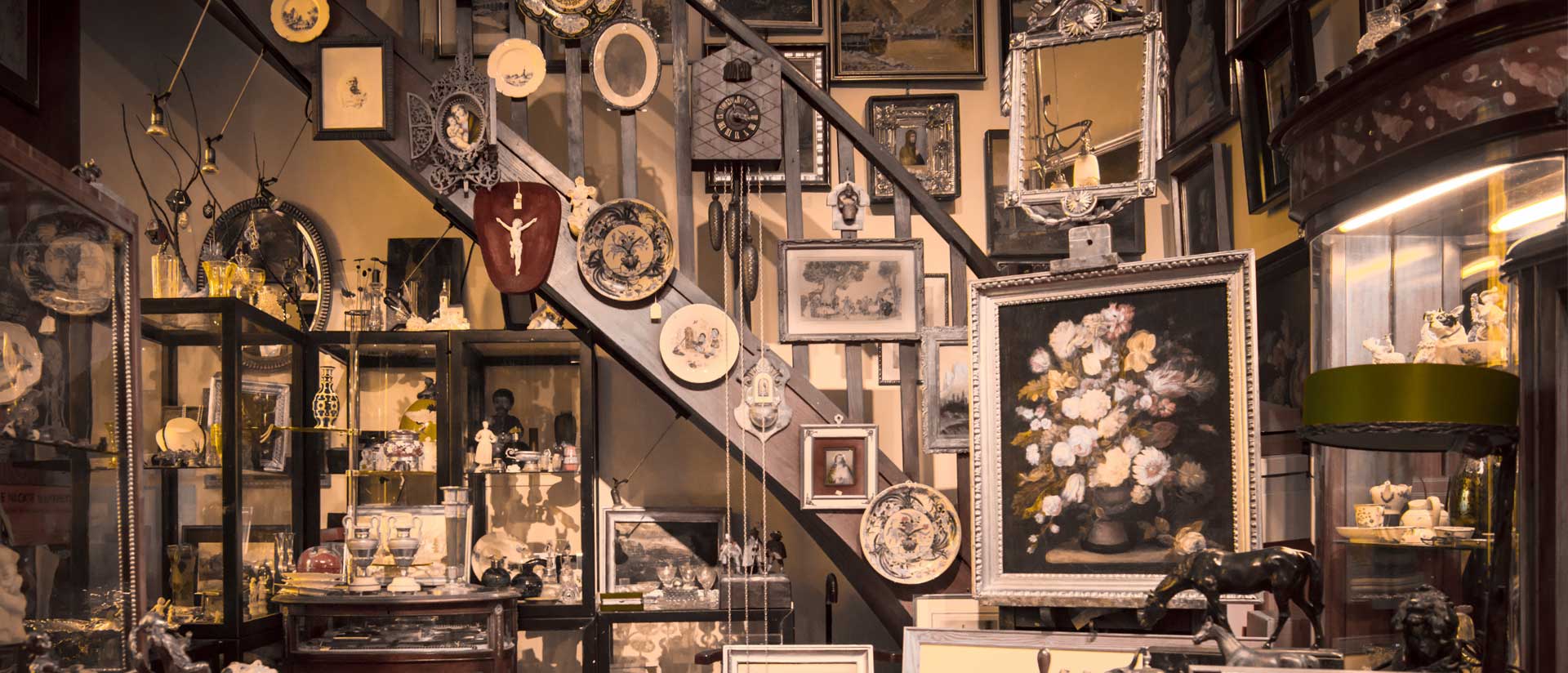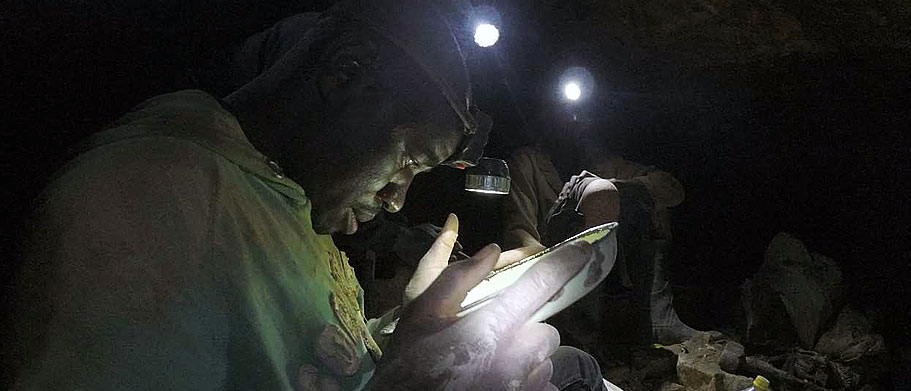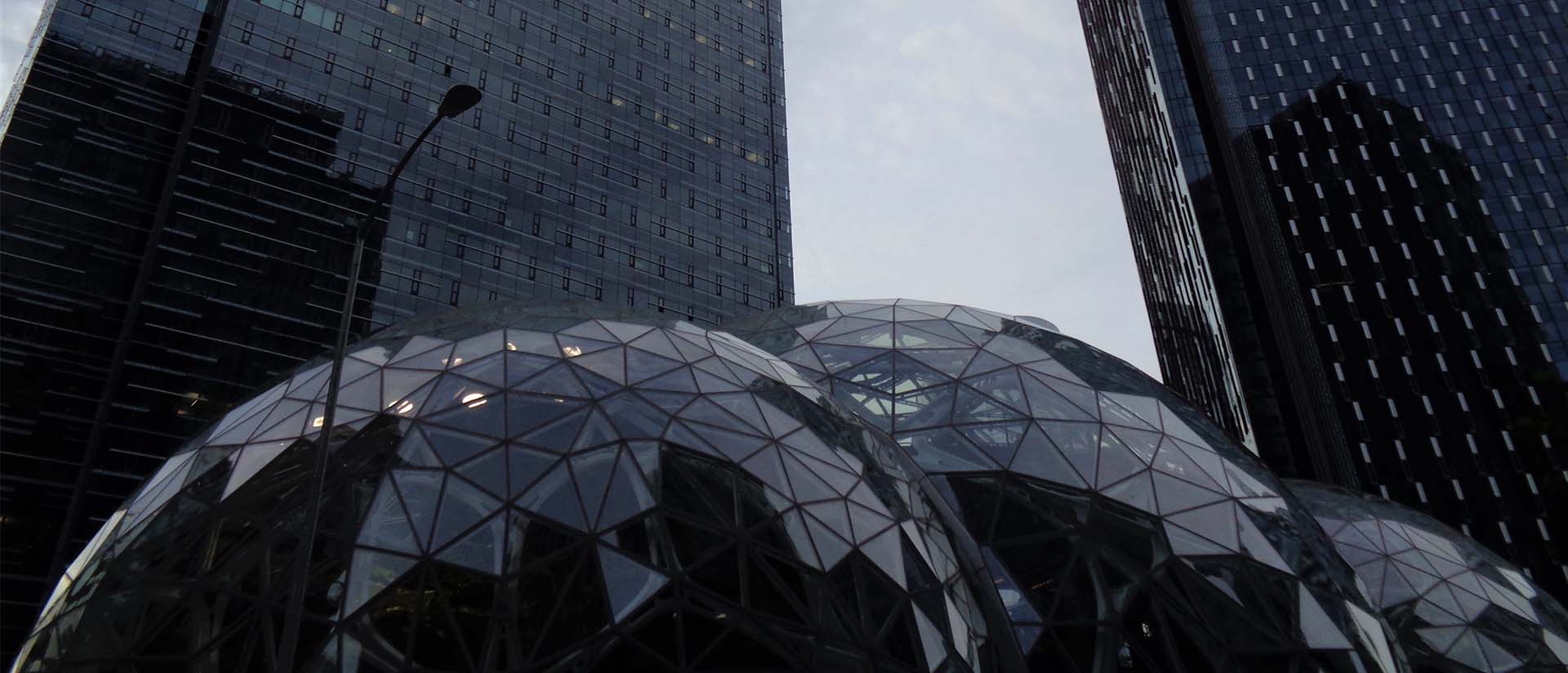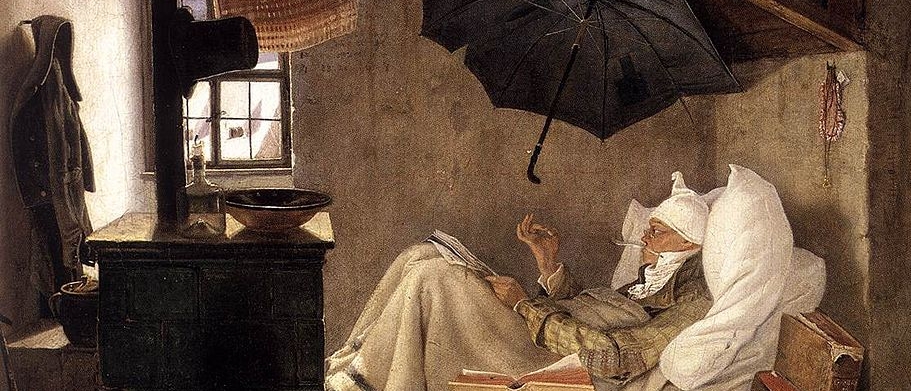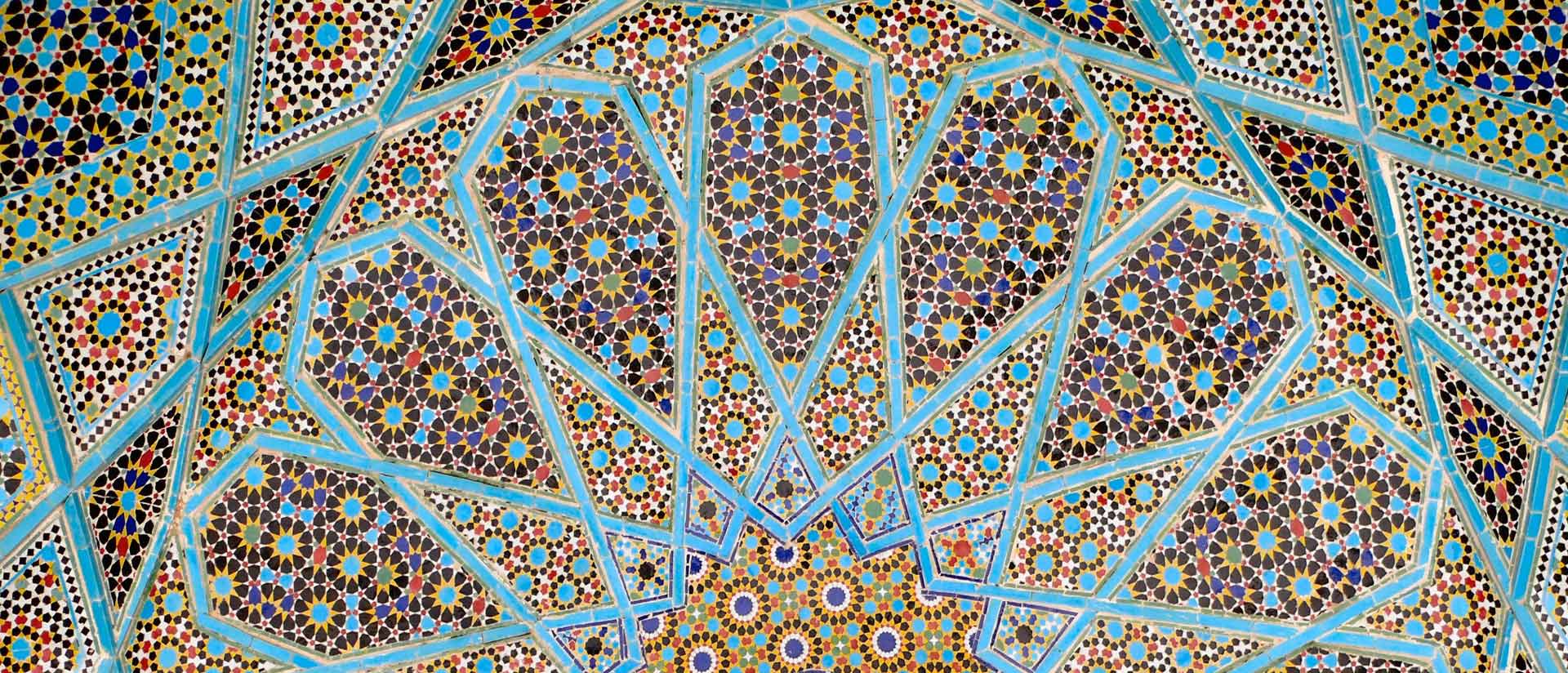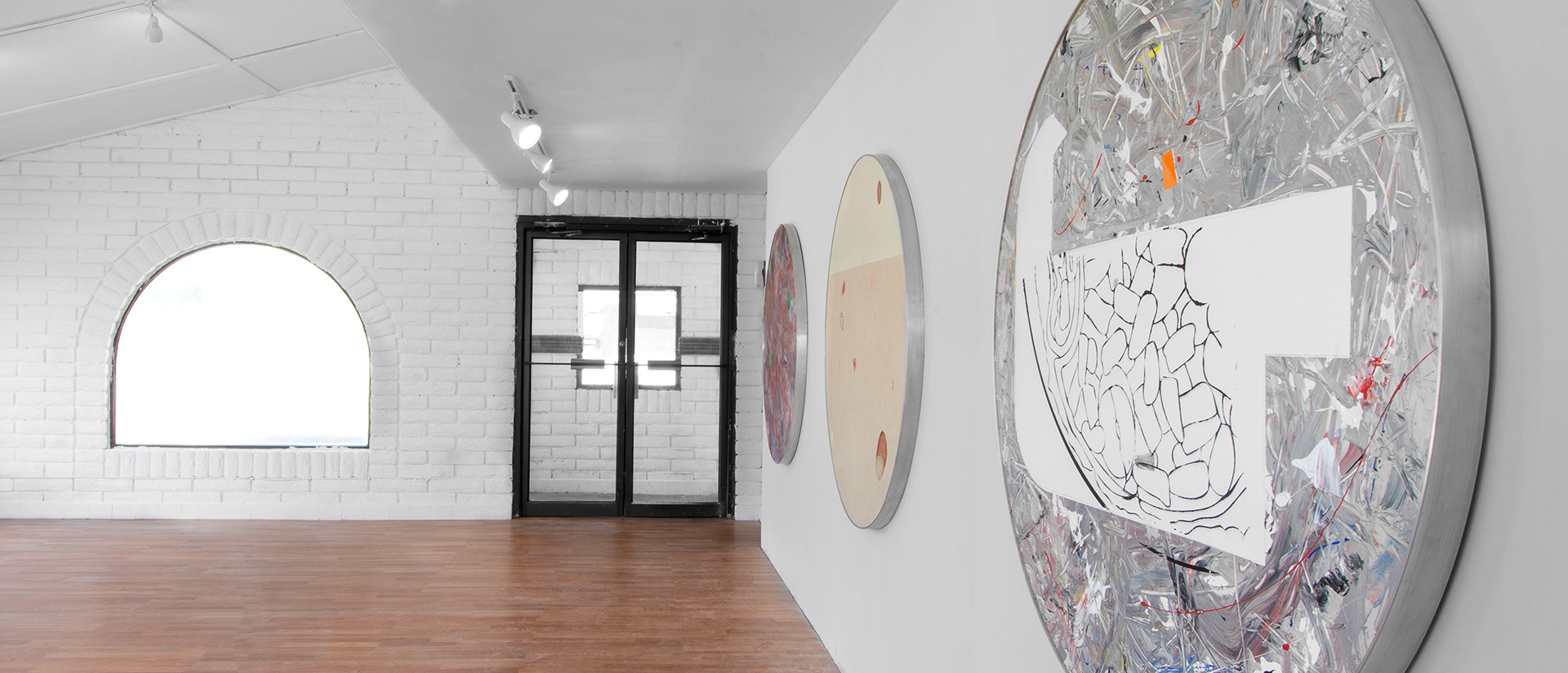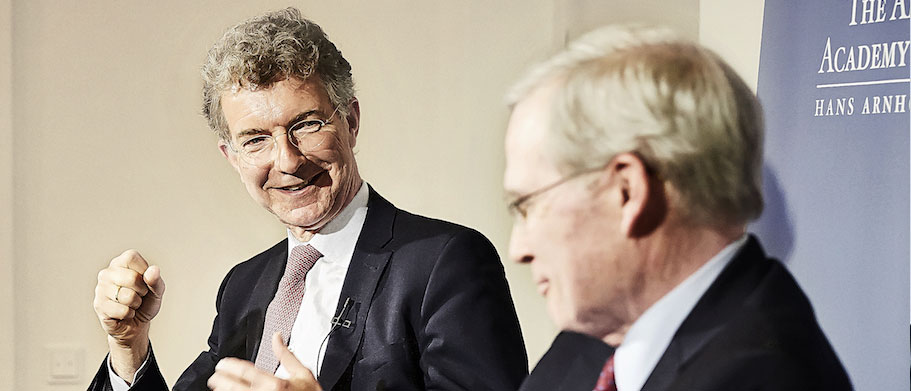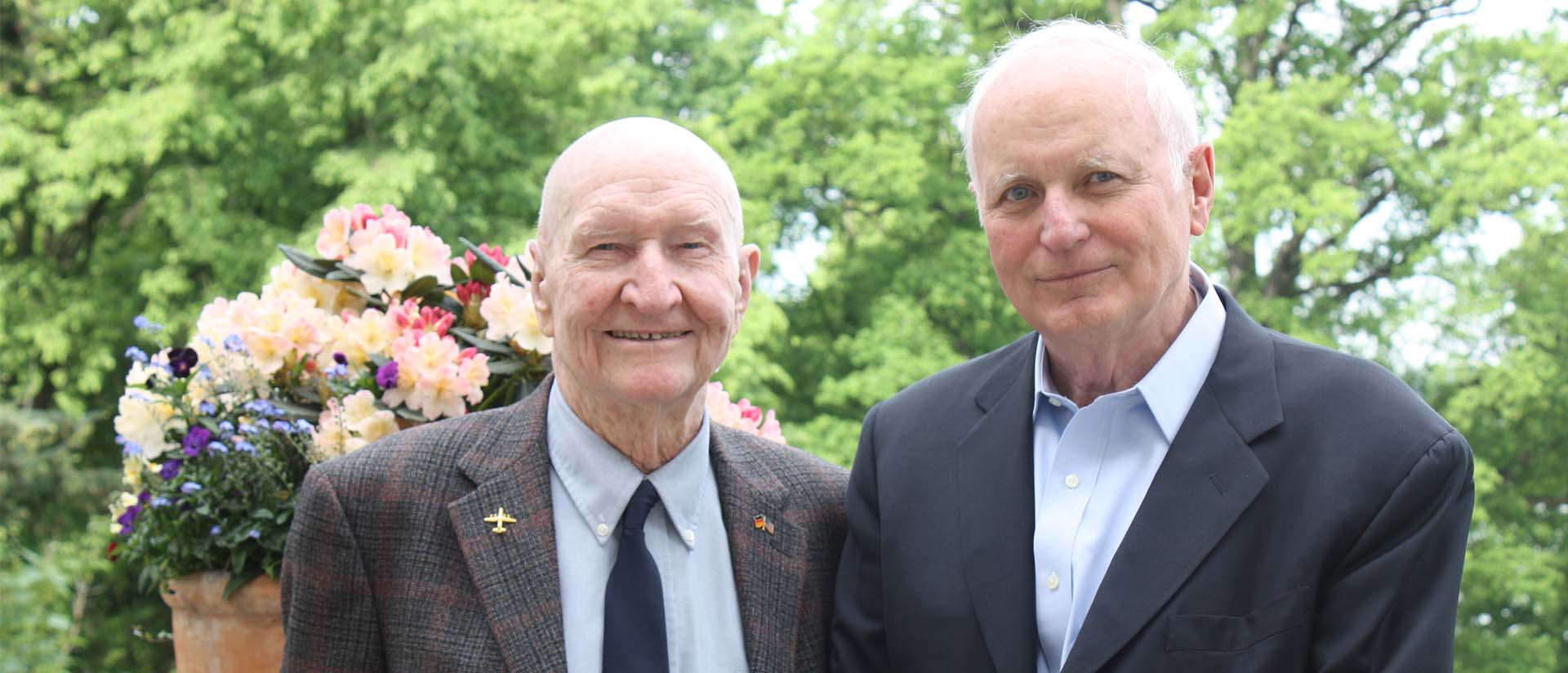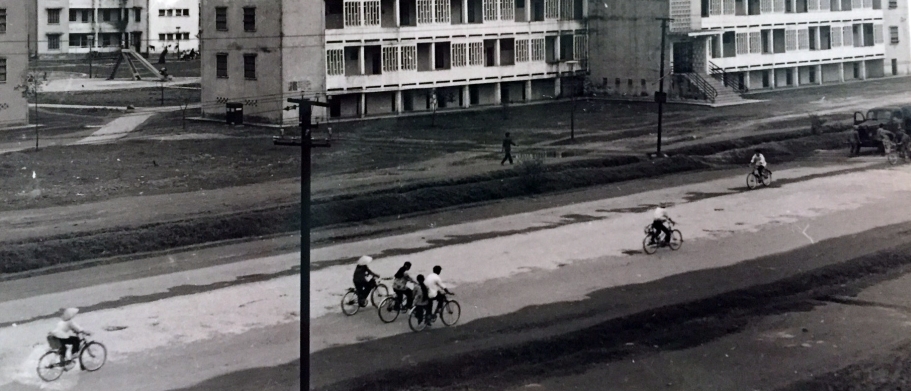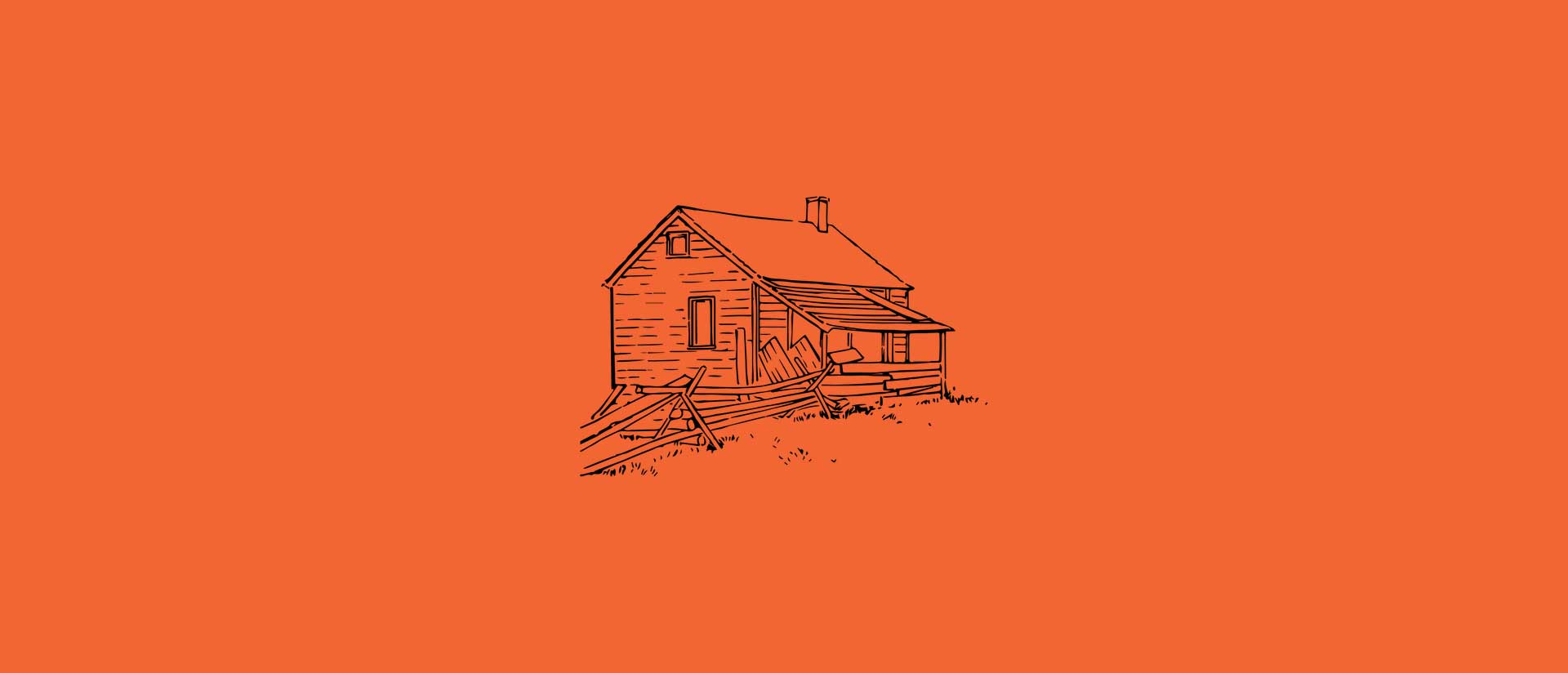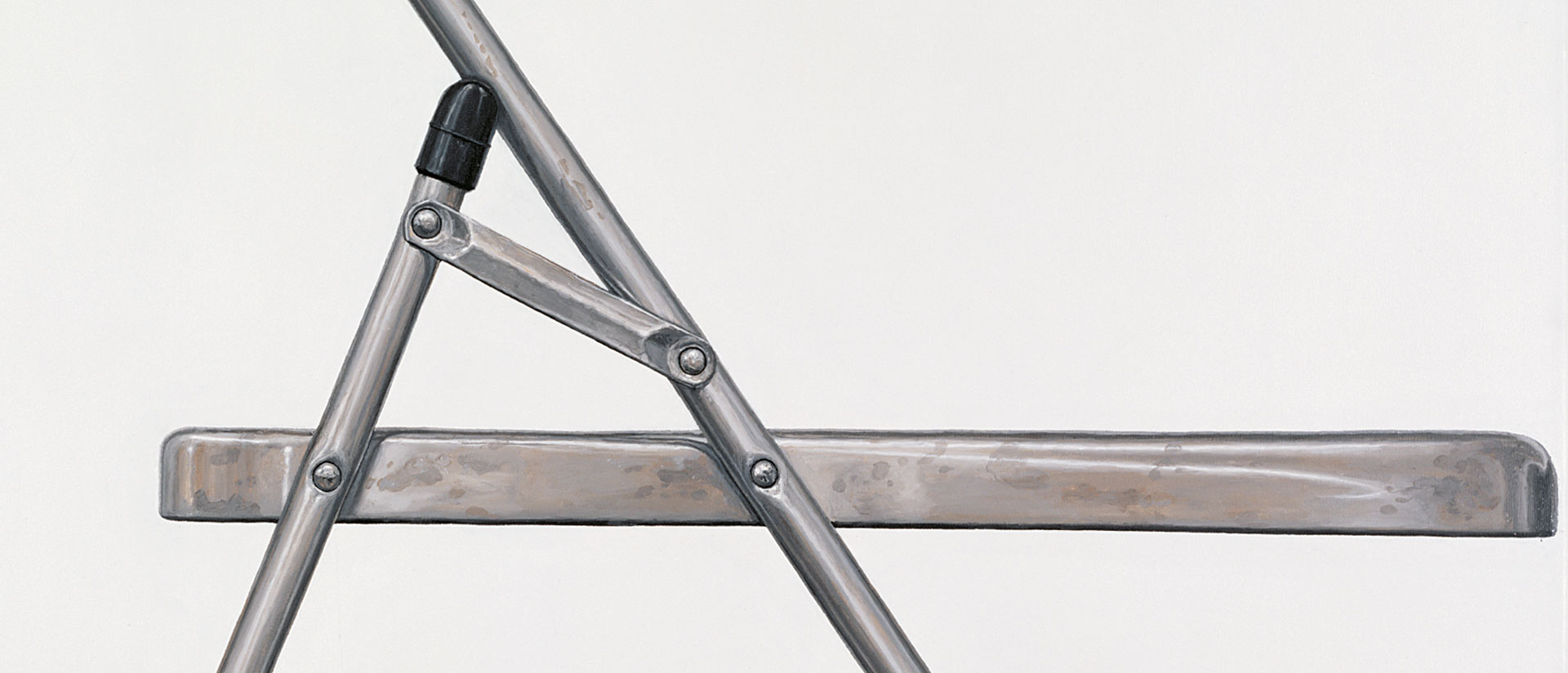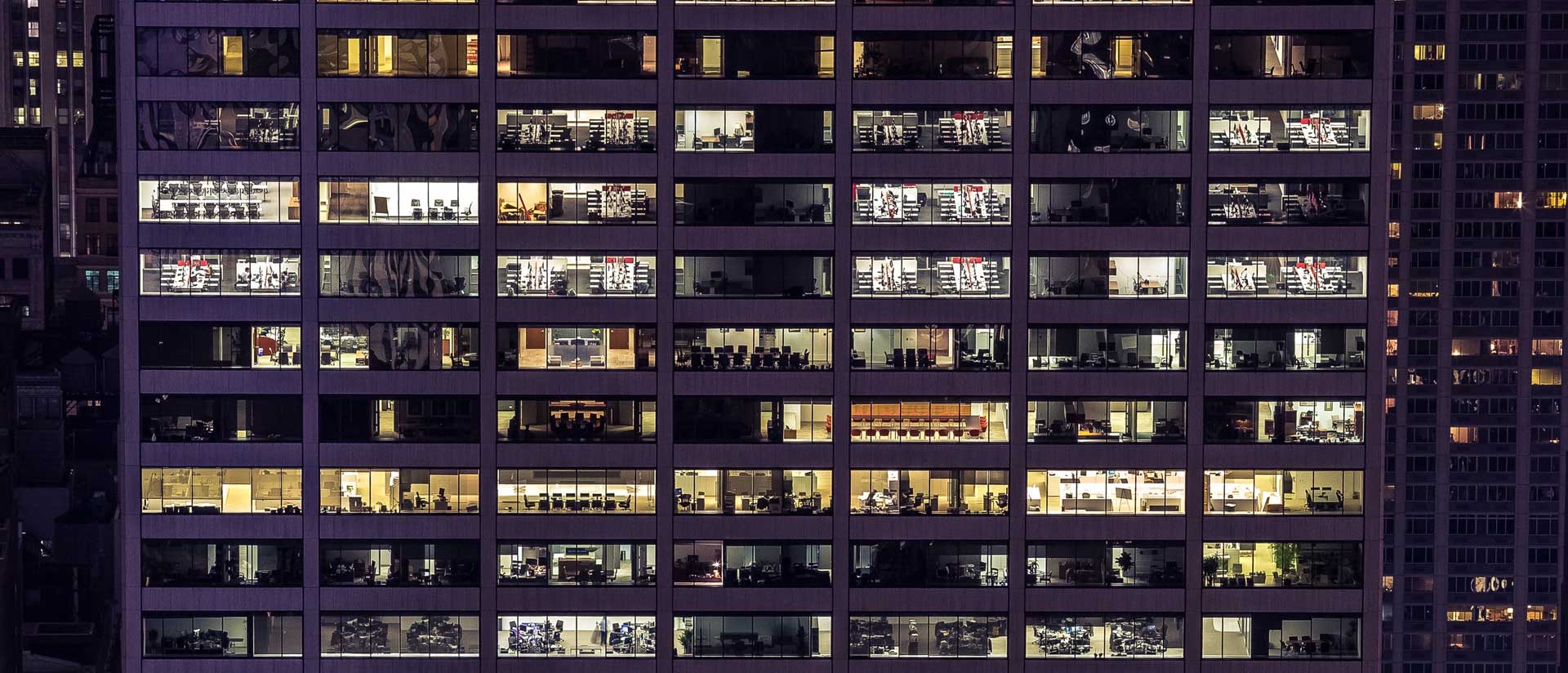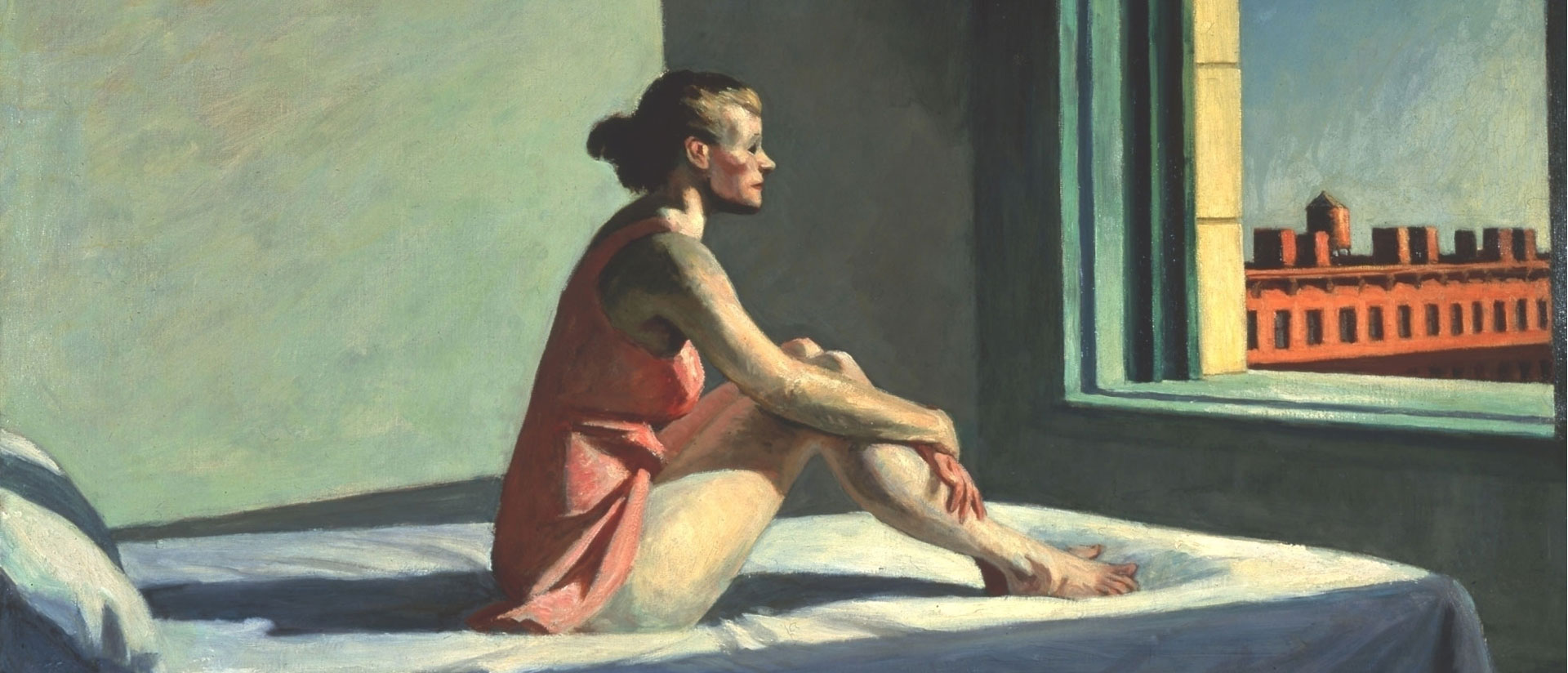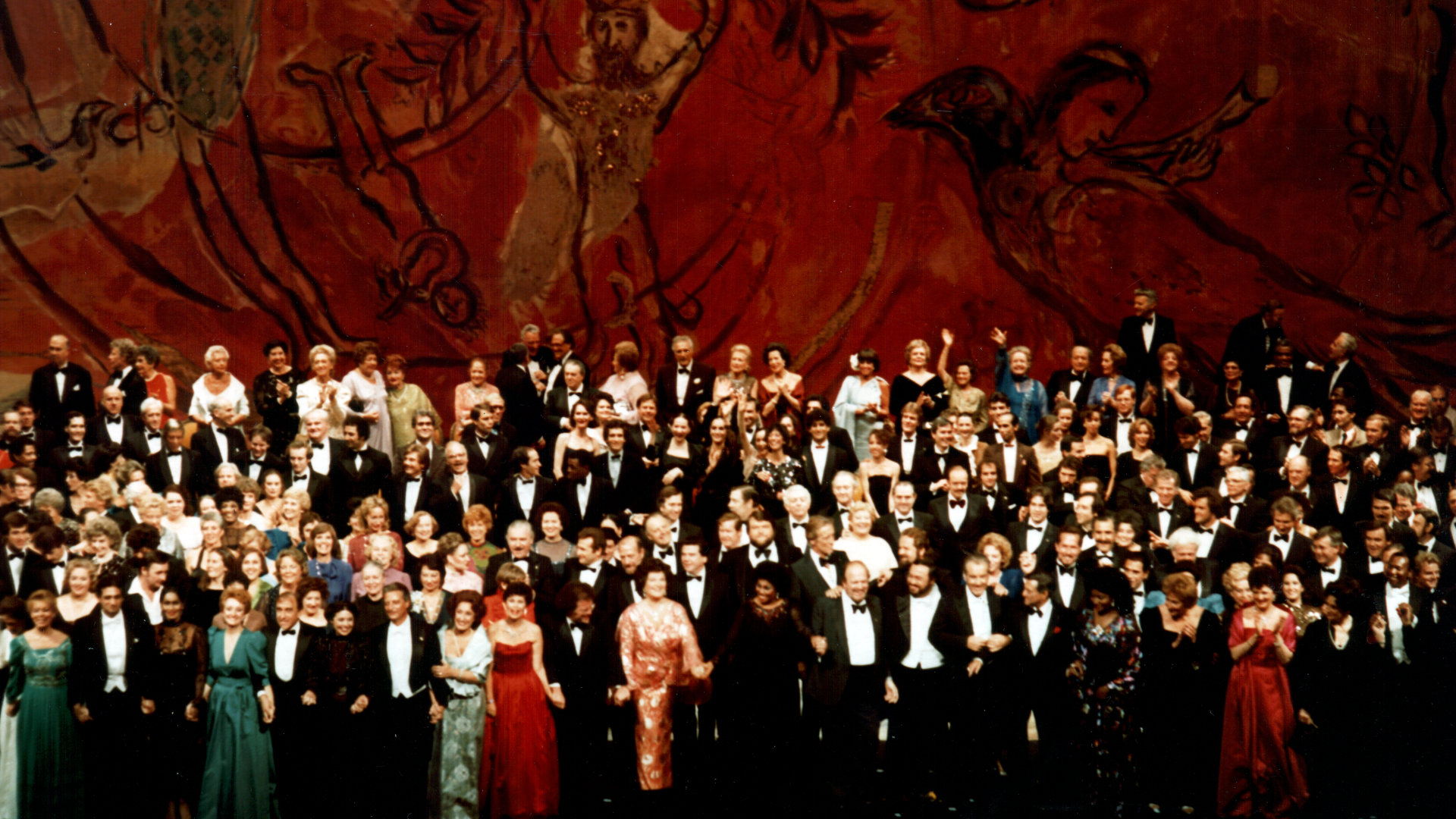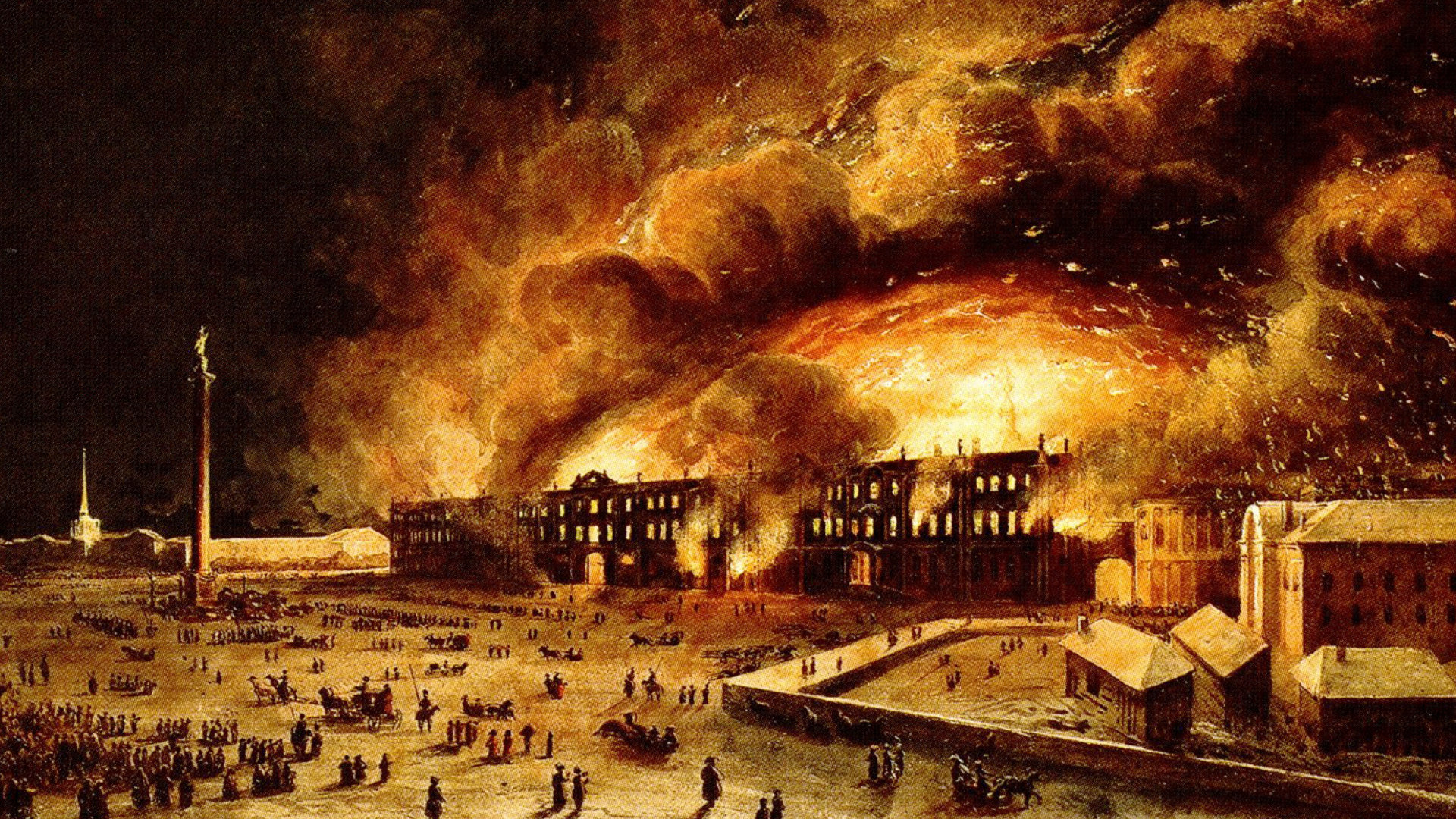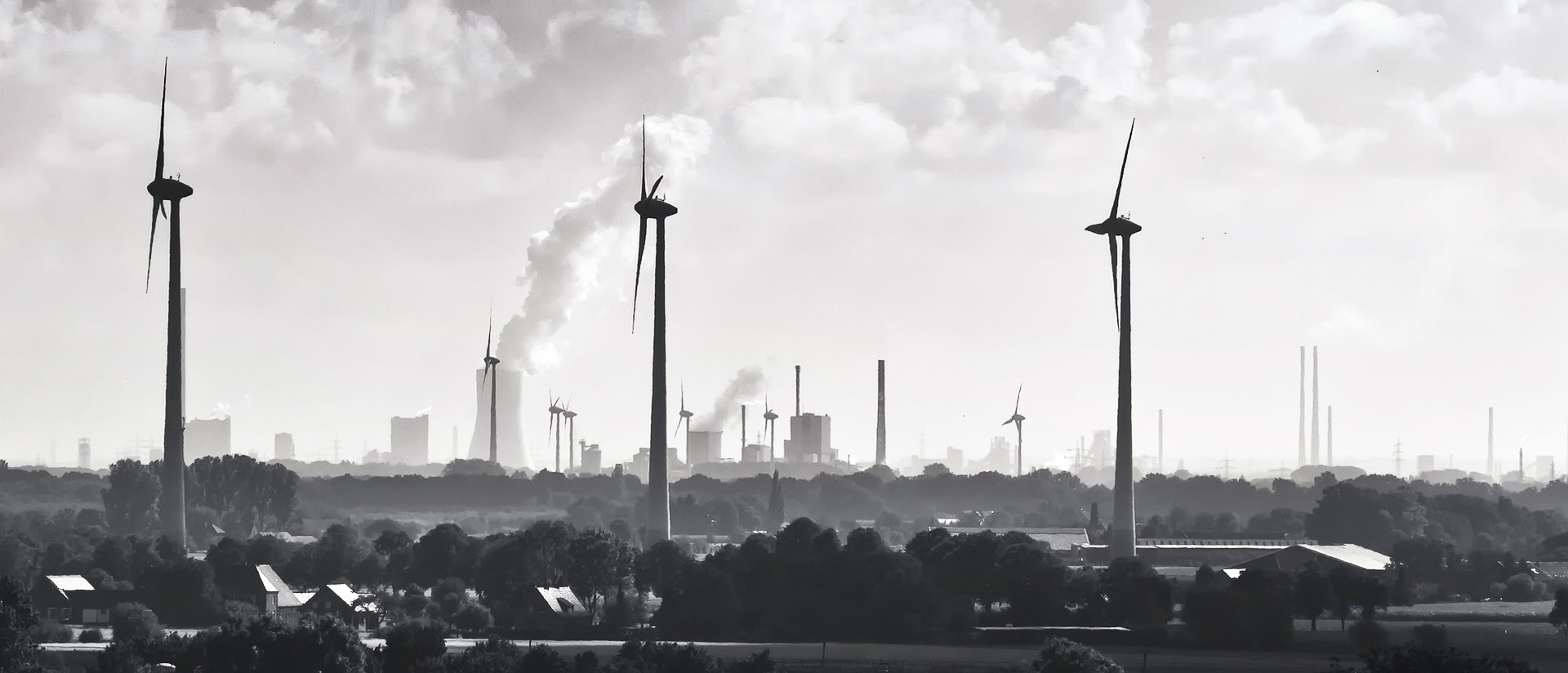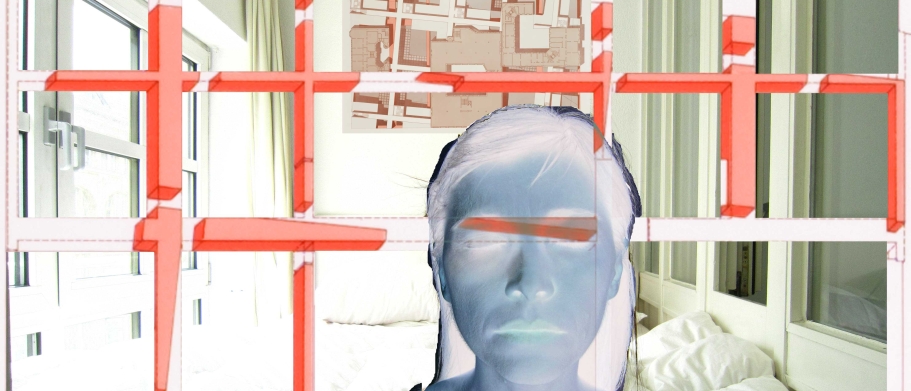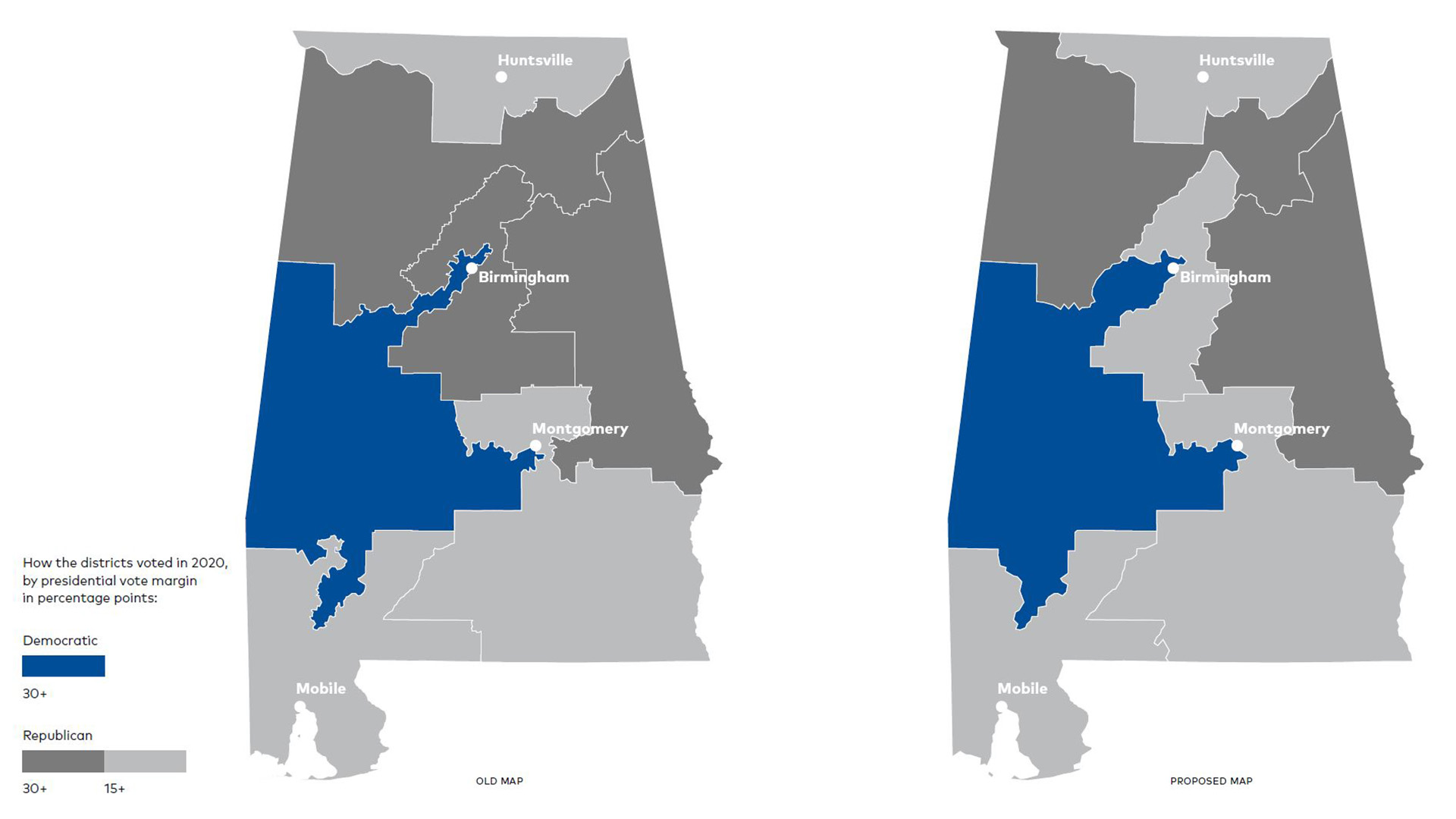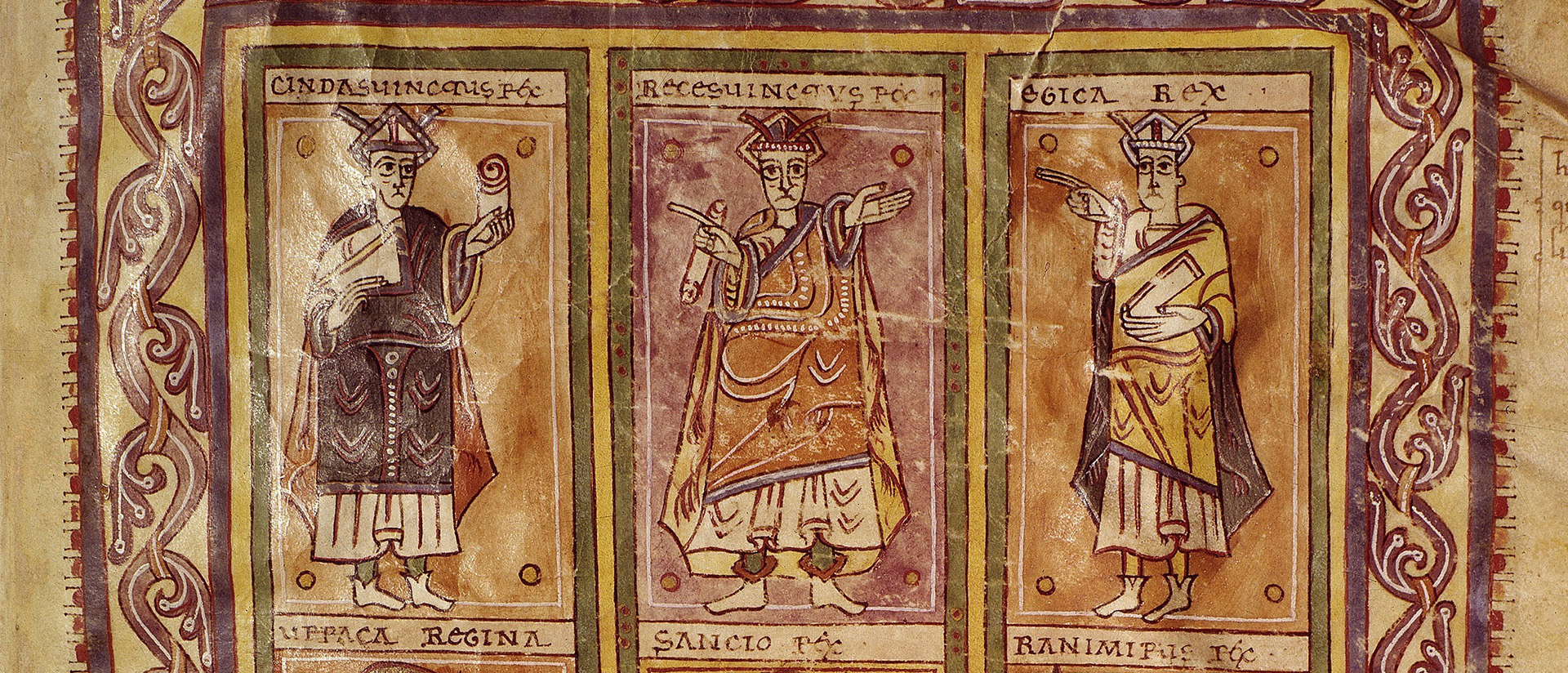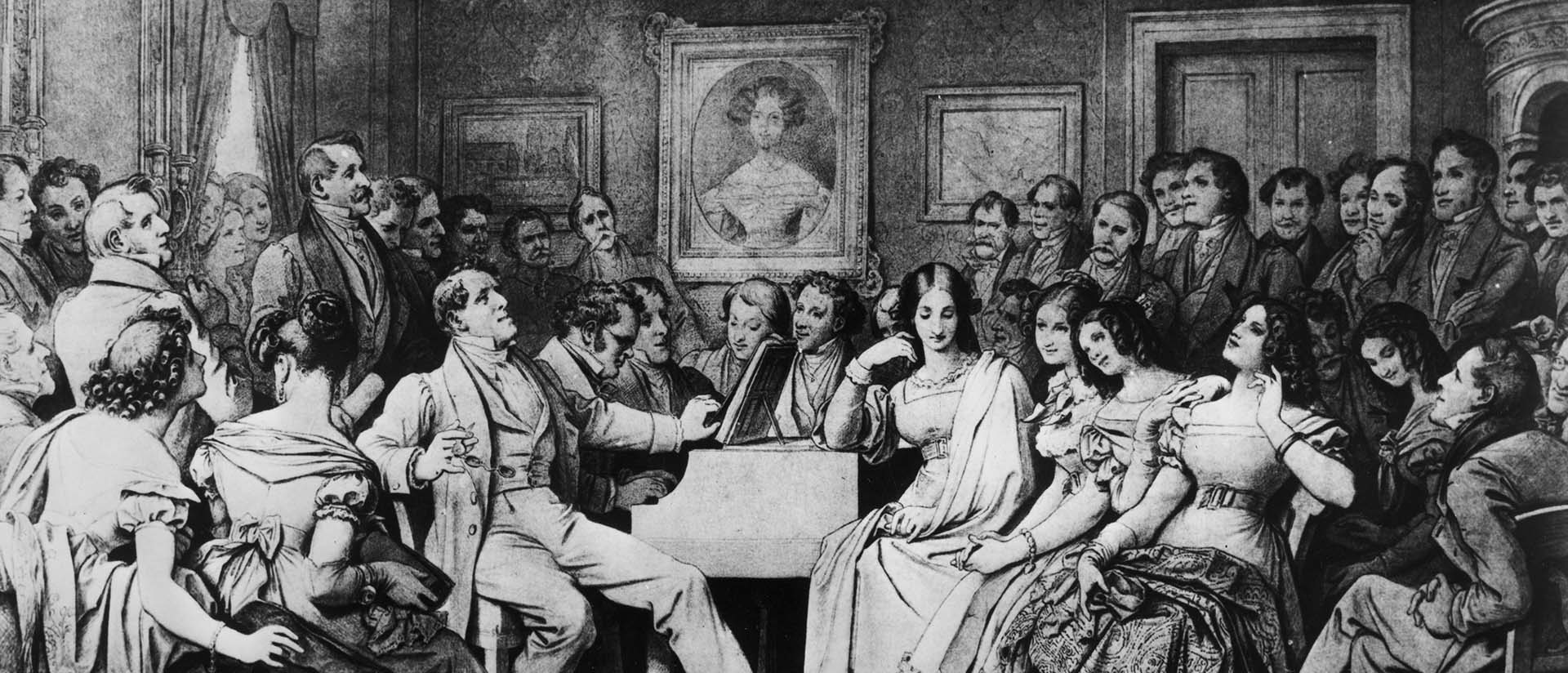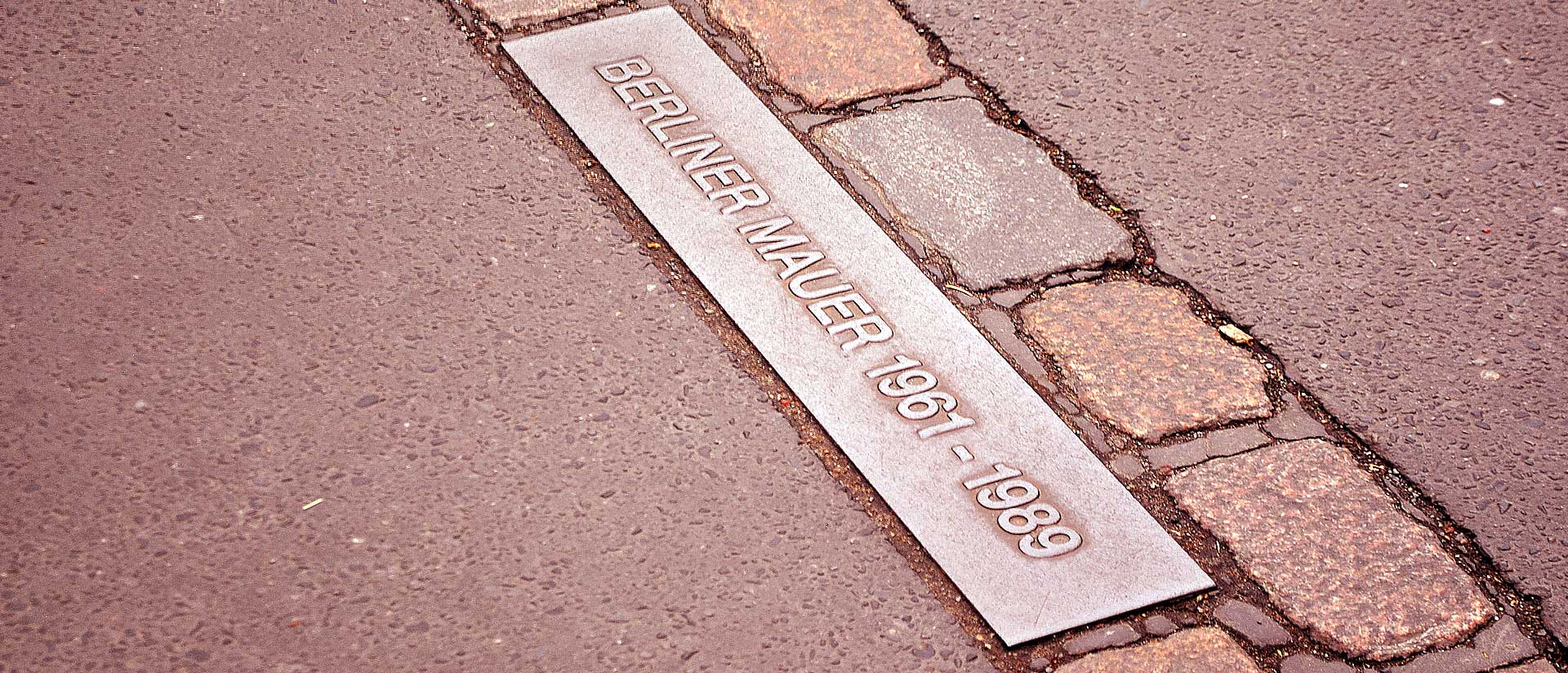
The Horizontal City
Berlin as the horizontalization of New York
by Michael P. Steinberg
Walter Benjamin famously remarked that the architecture of the modern city and its skyscrapers was inspired and enabled by the metal technologies—first iron, later steel—of the nineteenth-century railroads. Rails rose into girders, as a horizontal technology became a vertical one. The modern skyscraper, pioneered in New York and—more interestingly, in architectural terms—in Chicago, became both the icon of the post-1870 Age of Capital and its literal host, container of the offices that generated and managed the new industrial revolution, its products, and its services. Arriving in New York in January 1945, Jean-Paul Sartre is said to have described it as the ugliest city in the world horizontally—but vertically the most beautiful.
Between 1870 and 1914, New York and Berlin shared and competed for the status of the leading new global city, each one with its argument for replacing London and Paris as the hub of world commerce and culture. Their referential worlds remained decidedly European. Berlin thus claimed the cultural leadership of Europe, and New York strove to be as European as possible, founding such institutions as the Metropolitan Museum of Art (1872) and the Metropolitan Opera (1883) as carriers of European traditions into the twentieth century on a scale unmatched by their indigenous models. In 1898, New York gathered its five boroughs into a single municipal entity, linking them over multiple waterways via the legendary Brooklyn Bridge (1898), and the underground train or subway system (1904). Drawing lessons from London, the New York subway system allowed—or perhaps required—workers to live far away from the city center while enabling them to reach their places of work with a uniform train fare, no matter the distance. In Berlin, what is today the U1 opened in 1902; in 1920 the Greater Berlin Act [Gross-Berlin Gesetz] unified and expanded the city’s districts [Bezirke], including central Alt-Berlin and its seven surrounding towns.
In 1945, everything diverged, as New York continued its expansion while Berlin negotiated the near fatal wounds of war and Cold War. For nearly two thirds of the twentieth century, from 1933 to 1989, the globalization of Berlin was interrupted.
After 1989 and the reunification of the city, however, Berlin began to seem to many—and certainly to many New Yorkers—like the version of New York that New York had once seized and since lost. New Yorkers (like me) understood that our city had become socially as well as architecturally vertical in too many negative respects: oversaturated, inaccessible, expensive. Berlin, on the other hand, seemed to be celebrating a new horizontality. Now physically open following three decades of traumatic division, Berlin and its cultural topography became readable as the horizontalization of New York’s: a global city and a generous one: open, accessible, spacious, comparatively affordable, relatively stressless. Unlike its New York analogues, Berlin’s infrastructures were renewed (there was no choice, if East and West were to be reattached). Its cultural life was physically accessible and well priced. “We have three opera houses!” became a favorite local boast, including from those whose tastes are not operatic. (New York now has only one.) Ticket prices are reasonable and—unless Domingo or Netrebko is singing—usually available.
After 1989 and the reunification of the city, Berlin began to seem to many—and certainly to many New Yorkers—like the version of New York that New York had once seized and since lost.
And the space in Berlin! Not the parks—no green space in Berlin is as beautiful or as welcoming as Central Park—but simply the space of the streets, the way restaurants move their tables out into the open as summer arrives. Public space must also be civic space—where the company of large numbers of strangers feels safe, where the delicate balance of privacy and contact is calibrated in relaxed negotiation. In New York, eye contact between strangers is a notorious taboo; in Berlin, it seems unproblematic, the companion to verbal salutations which seem more sincere than perfunctory.
If horizontality implies accessibility, it also implies the negotiation of difference. This is the promise of Berlin, the feeling of Berlin that makes the city so hospitable.
Not that the open city has overcome or sought to suppress its differences. The blending of East and West Berlin continues to reveal fissures. When the Staatsoper moved temporarily to the Schillertheater in 2010, some of its staff expressed discomfort about the daily commute to the West. When the Staatskapelle plays concerts two nights in a row, one in the Philharmonie and one in the Konzerthaus, audiences are palpably different: global and West Berlin in the Philharmonie; East Berlin in the Konzerthaus. And I recall vividly a summer evening on the Gendarmenmarkt in July 2004, when a sold-out concert by Omara Portuondo, of the Buena Vista Social Club, occasioned a veritable promenade of East Berliners in their surviving greys—as if they were insisting on a socialist answer to the parade of designer Trachten that swarm around the Salzburg Festival.
Horizontality also implies social integration, a Berlin story that continues to be challenging but also successful, from the steady passage of the city’s Turkish inhabitants from labor power to citizenship and to the political and literary mainstreams, to the multiple public and private engagements with the refugees of 2015.
As a marketplace, a place of exchange both cultural and material, the city has historically functioned as a place of difference and its negotiation. The political “right of/to the city,” usually referred to as the droit de cité, originates in the right to citizenship, the jus civitatis, granted to inhabitants of the Roman city. The right of or to the city (a fascinating ambiguity lodges in this translation choice) implies the freedom of access, inhabitation, and exchange (material or other) granted by the city, as well as the right of access to the city—attributes together of a certain kind of civic space where difference is both normalized and sustained.
Berlin/Paris, Berlin/Moscow, Berlin/New York: these urban and cultural pairings, comparisons, competitions are well known, if worth reviewing often. In Berlin in 2018, a new and unexpected juxtaposition is currently underway: Berlin/Jerusalem. I refer to the exhibition Welcome to Jerusalem, which from now through April 2019 will assume most of the public space of the Jewish Museum Berlin, while its permanent exhibition is rethought. Different in focus but not in spirit from the museum’s basic focus on the Jews of Germany, the Jerusalem show offers a secular history of a sacred city: an account of the city’s multiplicity which stands as its essential historical fact.
Berlin/Paris, Berlin/Moscow, Berlin/New York: these urban and cultural pairings, comparisons, competitions are well known, if worth reviewing often. In Berlin in 2018, a new and unexpected juxtaposition is currently underway: Berlin/Jerusalem
The exhibition’s elegant circular sequence begins and ends with an exposition of the three monotheistic religions and their relations and claims to the city of Jerusalem. It continues with accounts of practices (ancient and modern) and ritual objects, and culminates with a video installation summarizing the conflicts among the three cultures through the twentieth century, as religious differences became politicized in the Ottoman and British colonial and post-colonial contexts. The account culminates with the construction of the “security wall” separating Israel from the Palestinian Territories and concludes with an image of the wall filling the screens. The “Security Wall” is the icon of social disintegration (literally, dis-integration). Though it goes unacknowledged, the juxtaposition of the Security Wall and the Berlin Wall is unlikely to be lost on viewers in Berlin.
The juxtaposition of the two walls was not lost on a group of music students from Nazareth whom I had the pleasure of introducing to a group of my American university students a few years ago here in Berlin. The topic of our week-long seminar was “hospitality”: the relationship between hosts and guests in the ambivalent context where openness and what is now called “Willkommenskultur” combines with hostility. (The converging etymologies of “host,” “guest,” and “hostile” already demonstrate the problem.) On one evening we all attended a performance of Richard Wagner’s Die Walküre, which begins with the experience of hostile hospitality between the characters of Hunding and Siegmund. Our discussion, however, took place in the classrooms of the Barenboim-Said Kindergarten, located in the immense Plattenbau office complex along the Leipziger Straße. The Nazareth students, all between 15 and 18 years old, Christian and Muslim Arabs with Israeli nationality, spoke eloquently about the formal and informal differences in status and citizenship between Arabs and Jews that they experience on a daily basis. We then spoke briefly about the history of Jews in Germany, a topic new to them in general and especially interesting for the reversal of status—in other words, a context in which the Jews were made to feel—formally or informally—as guests in someone else’s country—the third or “invisible wall,” to cite the title of Michael Blumenthal’s book on German Jewish history. Stepping out from the Leipziger Straße building, everyone noted that we were crossing back from East to West Berlin, over the line where the Berlin Wall had stood.
This article first ran in German in the Sunday, January 28, 2018, edition of Der Tagesspiegel.


